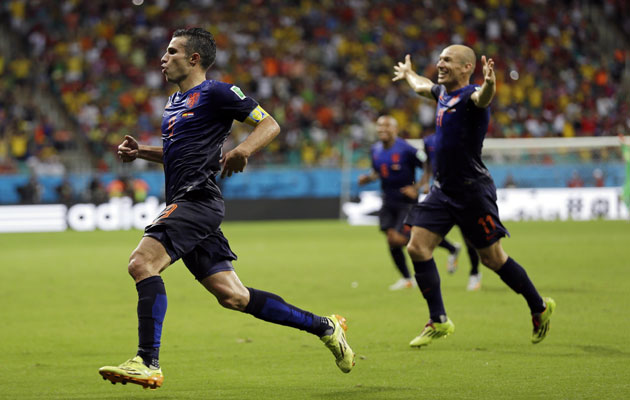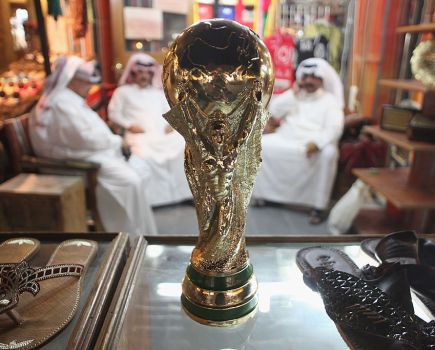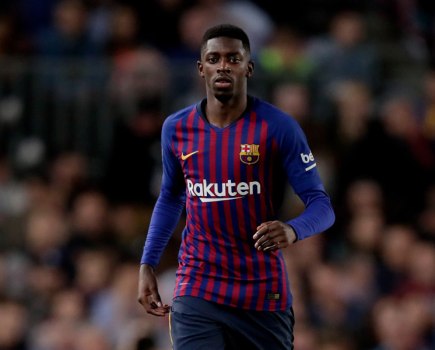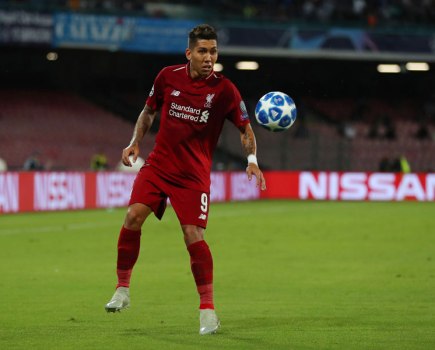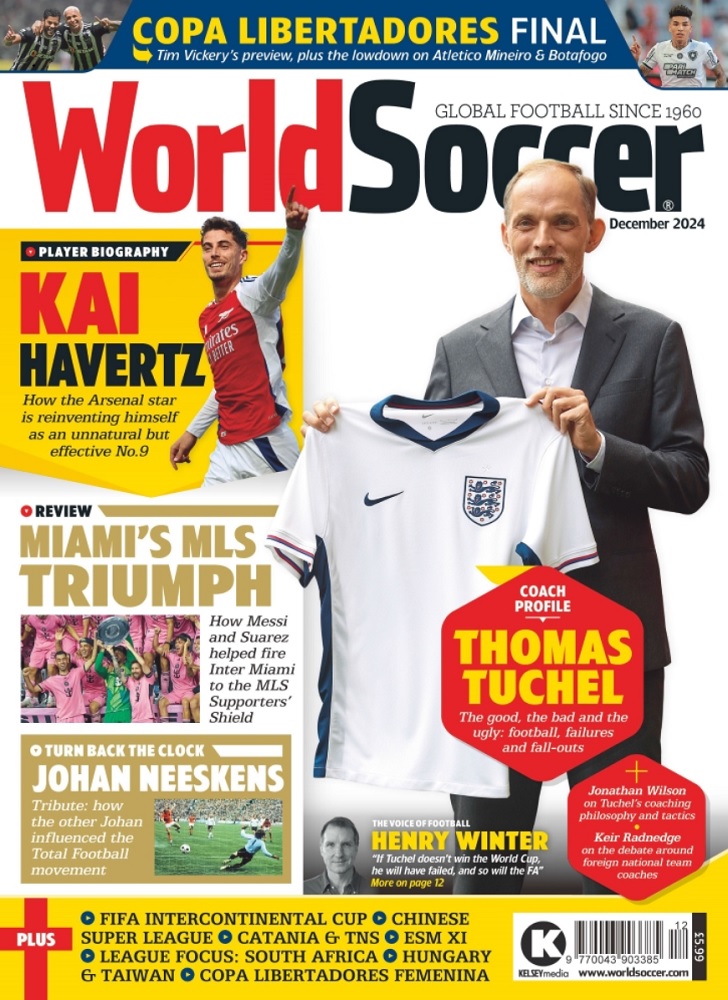Group B
18 June 2014
Australia v Netherlands, Estadio Beira-Rio, Porto Alegre, 17:00
Australia
Ange Postecoglou likes to play a 4-3-3, which is very much in vogue in Australia due to the national curriculum, developed by Dutch technical director Han Berger.
Whereas predecessor Osieck preferred a 4-4-1-1 shape, reliant largely upon experience and defensive structure, Postecoglou’s teams are set up to attack. Evident from his first friendly was a commitment to quick forward transition, playing out from the back, with Mile Jedinak or Mark Milligan often dropping in between the central defenders to set up the play.
The defence will be inexperienced if former captain Lucas Neill fails to play his way back into contention. Full-backs Ivan Franjic and perhaps Jason Davidson, in the problem left-back position, will be expected to push high and offer additional support to wide men Tommy Oar and Matthew Leckie.
The experienced Mark Bresciano has taken on more responsibility in the creative role. Bresciano, who was hit with a FIFA ban for an illegal transfer from Al Nasr to Al Gharafa, has been training with Melbourne Heart to stay fit.
As we saw in the in the opening game against Chile, Tim Cahill is still the most reliable source of goals, particularly from set-pieces, where his strength in the air, despite his diminutive frame, could be crucial.
Matt McKay is a potential “defensive” substitute, with Oliver Bozanic a back-up in central midfield. Further forward, Oar doesn’t have searing pace but his trickery allows him to create angles for crosses to the likes of Cahill and Kennedy. Dario Vidosic has an eye for goal and can pick a pass.
Plan B?
Cahill and Kennedy could possibly play together in a 4-4-2 diamond if they are searching for a goal late on, but Postecoglou isn’t keen on just lumping the ball in the air. More likely is the 4-3-3 becoming a more defensive 4-5-1 if Australia are trying to close out a game, with wide men Oar and Leckie tucking in.
Holland
Holland abandoned a traditional 4-3-3 system in favour of a 5-3-2 (or 3-5-2) system for the opening game against spain, but it is unclear whether that was a genuine philosophical shift or merely a one-off to nullify Spain’s passing game.
Ever since his days in charge at Ajax, Van Gaal prefers multifunctional players who can build attacks and are masters of the passing game. And it is also no surprise that he is keeping an eye on players coming through the youth ranks of the Dutch clubs and the defence options include promising youngsters such as Daryl Janmaat, Joel Veltman, Daley Blind – outstanding against Spain – and Bruno Martins Indi.
Wesley Sneijder remains an inportant creative outlet, but the legs are not what they were and his influence, though significant, is no longer pivotal to Holland’s chances of success.
Up front, experienced duo Robin Van Persie and Arjen Robben showed how important they are to the Dutch set-up. Both were magnificent against Spain, each scored twice, but it was Robben who caught the eye and who on the evidence of the first round of matches, could genuinely lay claim to being the player of the tournament. Holland’s continued success rides on the fitness of this pair – a concern for Van Gaal, given the injury records of both players.
Plan B?
Van Gaal rarely varies from the 4-3-3 template, but he could opt for two defensive midfielders against stronger opponents. Fer would come in for Sneijder in this scenario.
The hard-running Dirk Kuyt would also offer an alternative to Robben up front, Klaas-Jan Huntelaar a replacement for Van Persie.

